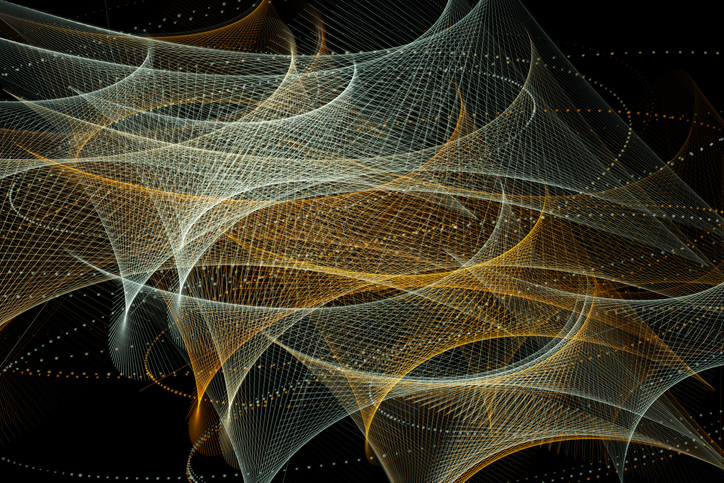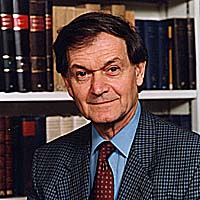
The phrase “Theory of Everything” has been used in the scientific and semi-scientific community within the last 30 years. It usually refers to such a theory that formulates and unifies both quantum mechanics and the general theory of relativity. This kind of theory usually describes the nature of space-time. String theories and M-theory have been labeled as candidates for the theory of everything. Others include Loop Quantum Gravity, the Holographic Principle and Twistor Theory
Loop Quantum Gravity
Loop Quantum Gravity is one of the most promising candidates for the theory of everything. According to this background independent theory (there is no fixed space-time in the background), space is made of discrete loops below the Planck scale. The theory uses a branch of mathematics called Knot Theory that deals with intersecting, knotting and linking of loops to explain that space is made of relationships of discrete objects. However, the theory has not been tested yet.
The Holographic Principle
The Holographic principle or conjecture is based on the Bekenstein’s bound. The amount of information enclosed in a system or a region is both finite and proportional to the area of the region which in turn is a consequence of the second law of thermodynamics. The conjecture proposes that the information about the whole universe can be stored on a 2-dimensional surface just like a holographic image. Therefore, the whole universe is all about a network of relationships that are stored on a 2-dimenasional surface!

Twistor Theory
The Twistor Theory is based on Roger Penrose’s work and uses complex numbers instead of the real-number space-time continuity to define the structure of space-time. In this background independent quantum gravity theory, space-time is non-local.
